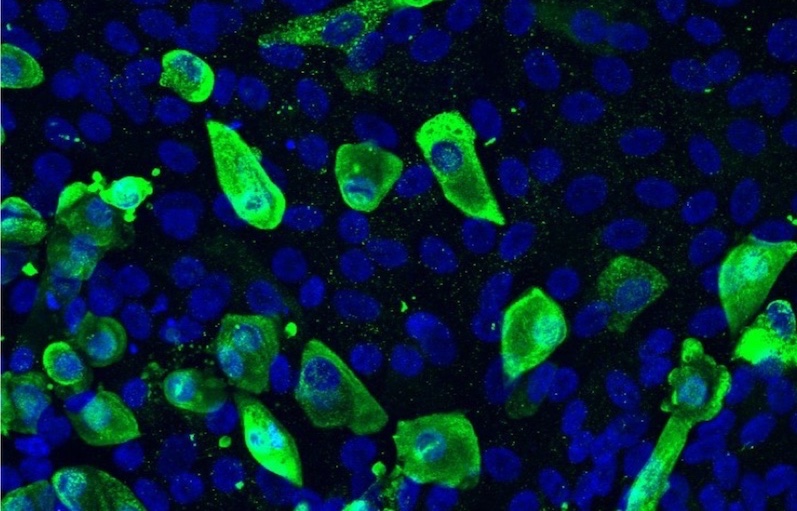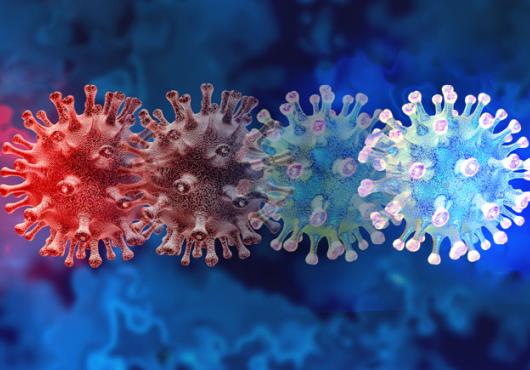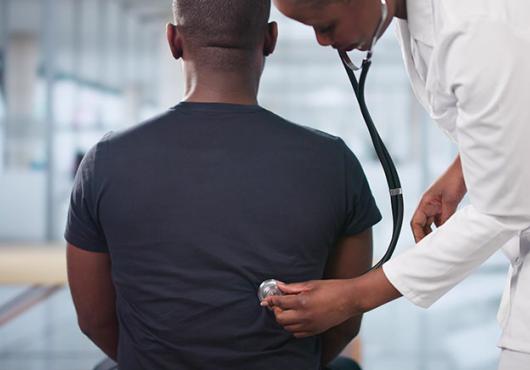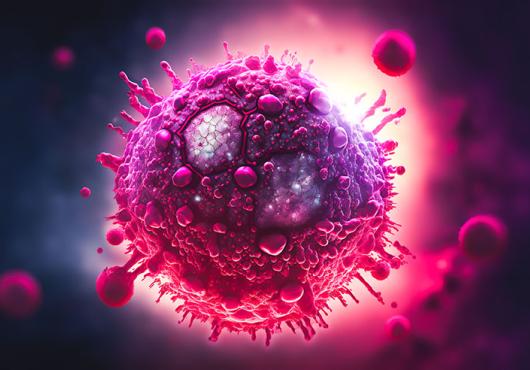
This article is part of Harvard Medical School’s continuing coverage of medicine, biomedical research, medical education, and policy related to the SARS-CoV-2 pandemic and the disease COVID-19.
People with cystic fibrosis, or CF, don’t appear to be especially susceptible to COVID-19, and when they do get infected, they don’t seem to get sicker, based on clinical data so far.
But Ruobing (Ruby) Wang, an assistant professor of pediatrics at Harvard Medical School who cares for patients with CF at Boston Children’s Hospital, thinks there is more to the story.
Based on experience with H1N1 influenza and other infections, Wang suspects that patients with CF may have different susceptibility to COVID-19, a dysregulated immune response, or both. She says such issues may be obscured because CF patients have tended to maintain good physical distancing during the pandemic and therefore have had comparatively low rates of coronavirus infection.
“We know that when patients with CF got H1N1, some got very sick,” she said. “Because the CF community has been so effective at social distancing, there is a lack of information on how they respond to SARS-CoV-2.”
Wang is now putting these questions to the test.
Using patients’ blood cells, stem cell technology, and gene-editing technology, Wang and colleagues at Boston University have engineered an airway lining that reproduces CF in a dish.
They believe the model could be a stand-in for modeling the effects of SARS-CoV-2 in patients with CF and testing patients’ personalized responses to treatments.
The researchers also built a comparison model in which they corrected the CF defect through CRISPR-Cas9 gene editing.
They are conducting tests to see how cells in each model respond when exposed to SARS-CoV-2.
Both models use cells “from the same patient with the same genetic background,” said Wang. “This ensures that any observed difference in response to the virus is due to the CF defect.”
Building a CF airway
Wang’s team built on an airway model developed last year by her collaborators, including Darrell Kotton and Finn Hawkins in BU’s Center for Regenerative Medicine.
Created from induced pluripotent stem cells (iPS cells) made from blood cells, the model contains all the major airway cell types, including stem-like airway basal cells, ciliated cells, and secretory cells.
For the new model, Wang generated the airways using stem cells derived from some of her own patients with CF.
In experiments, the model reproduced CF’s hallmark defect in ion transport. But when her team corrected the CFTR gene in the stem cells—aided by Thorsten Schlaeger, HMS instructor in pediatrics at Boston Children’s, and George Q. Daley, Dean of HMS—the resulting airway cells were free of the defect.
“This provided us with perfectly matched control samples to investigate the role of CFTR in health and disease, including responses to COVID-19 infection,” said Wang.
Coronavirus challenge
As the next step, the team has begun exposing the CF airway model to live SARS-CoV-2. For safety purposes, they are doing this work at the National Emerging Infectious Disease Laboratories Biosafety Level 3 facility at BU.
Wang believes this is the first time an airway derived from iPS cells is being used to model the effects of SARS-CoV-2.
Thus far, the researchers have shown that the model CF airway can be infected by SARS-CoV-2 and could be used to assess antiviral drug responses.
In future research, Wang hopes to compare responses to the virus and to antiviral drugs in model CF airways versus genetically corrected non-CF airways.
“Information from these studies may generate useful insights to guide therapy for CF patients during the COVID-19 pandemic,” Wang said.
Down the road, her team could use the platform to test the airway effects of other viruses, toxins, or diseases.
“I’d love to see how an asthmatic airway responds to the coronavirus too,” she said.
This work is supported by a grant from the Cystic Fibrosis Foundation.
Adapted from a Boston Children’s blog post.





